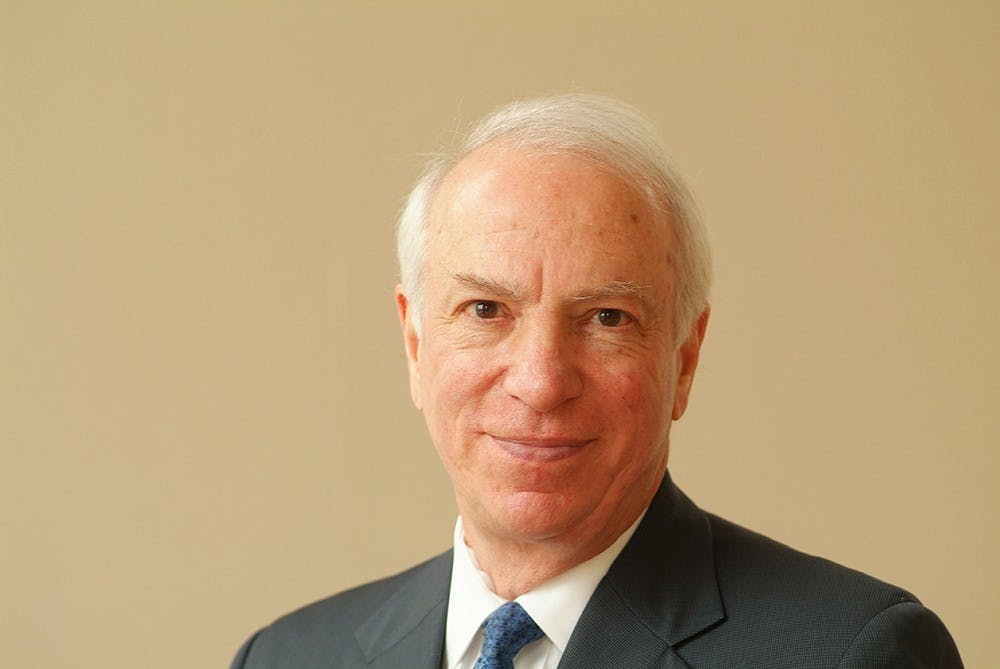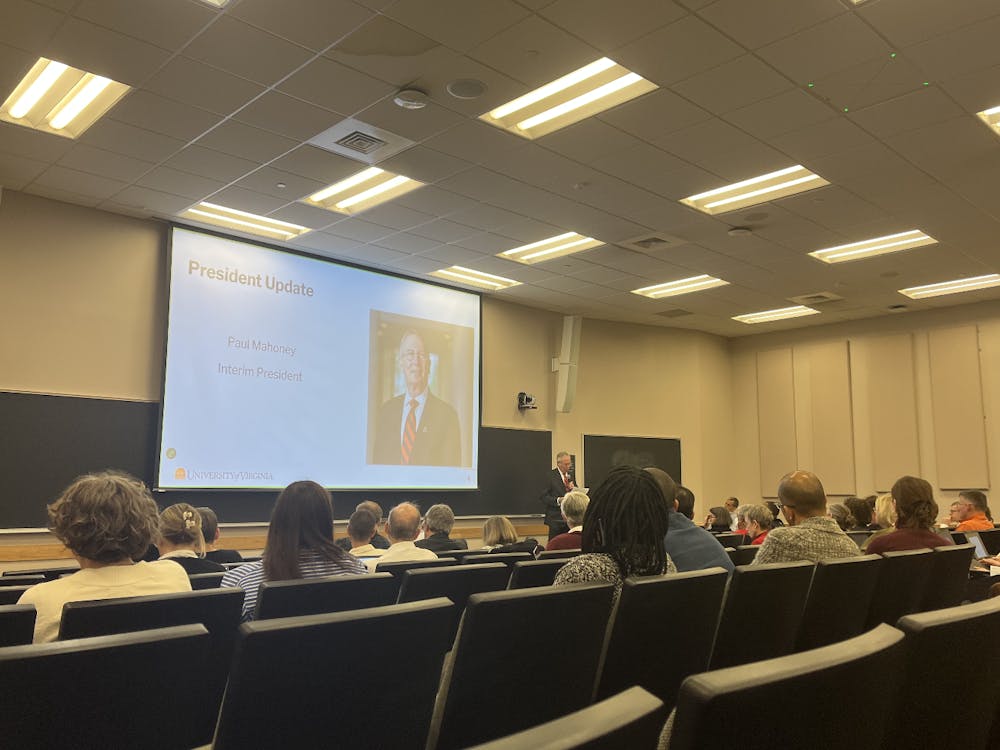A recent study conducted by the Institute of Medicine indicated raising the legal age for the purchase of tobacco products would lower initiation rates for smokers, reduce the prevalence of smoking and save hundreds of thousands of people from premature death and lung cancer.
“Increasing the minimum age of legal access (MLA) to tobacco products will prevent or delay initiation of tobacco use by adolescents and young adults, particularly those ages 15 to 17, and improve the health of Americans across the lifespan,” the Institute of Medicine said in a press release.
These findings are the results of a study sponsored by the Food and Drug Administration and overseen by the Institute of Medicine’s Committee on the Public Health Implications of Raising the Minimum Age for Purchasing Tobacco Products. The committee is chaired by Psychiatry and Neurobehavioral Sciences Prof. Richard Bonnie.
The study employed two tobacco-use simulation models to examine the impacts on public health of raising the MLA to 19, 21 and 25 years old.
Ultimately, the intention of the study is not to offer a solution, but rather to gather data which will allow legislators to make informed decisions going forward.
“The committee’s findings show that raising the age would save hundreds of thousands of lives, but it doesn’t tell legislators whether the age should be raised or where to draw the line,” Bonnie said.
Last year marked the 50th anniversary of the U.S. surgeon general’s first warning about the dangers of smoking. The press release said over the past 50 years, tobacco control efforts in the U.S. have led to an estimated 8 million fewer premature deaths.
“However, tobacco use continues to significantly affect public health, and more than 40 million Americans still smoke,” the press release said.
Bonnie said it is important to put the study in the context of tobacco policy as it has evolved over the past 50 years.
“The nation’s objective is to continue to take aggressive steps to reduce tobacco use, and particularly cigarette smoking, so that it is no longer a public health problem,” Bonnie said.
Currently, the MLA in most states is 18 years old. In four states — Alabama, Alaska, New Jersey and Utah — it is 19. Certain provinces and smaller areas, such as New York City, have set it as high as 21. Though allowed to regulate many aspects of tobacco consumption, the FDA is not able to establish a nationwide MLA above 18 years old without congressional intervention.
Specifically, the study concludes in raising the MLA to 21, “there would be approximately 223,000 fewer premature deaths, 50,000 fewer deaths from lung cancer, and 4.2 million fewer years of life lost for those born between 2000 and 2019.”
Although many of these effects may not be seen for at least 30 years, the study also highlights several more immediate benefits to raising the MLA, including the reduction in levels of secondhand smoke and the improvement of health for mother and child during pregnancy, delivery and infancy.
Raising the MLA from 19 to 21 would produce a much greater impact than raising the age from 21 to 25, according to the study. Raising the MLA to 19 would decrease the prevalence of smoking by three percent, raising it to 21 would reduce prevalence by 12 percent and raising it to 25 would reduce prevalence by 16 percent.
“Underage users rely primarily on social sources — friends and relatives — to get tobacco, and there is little evidence that these individuals are obtaining tobacco from the illegal commercial market,” the press release said.
These underage users gain access to tobacco as they are introduced to new driving privileges and begin to work alongside individuals who are above the MLA.
The study determined that of people who have ever smoked daily, 90 percent first tried a cigarette before 19 years of age, and almost all others tried their first cigarette before the age of 26.
“This strongly suggests that if someone is not a regular tobacco user by age 25, it is highly unlikely he or she will become one,” the study said.







